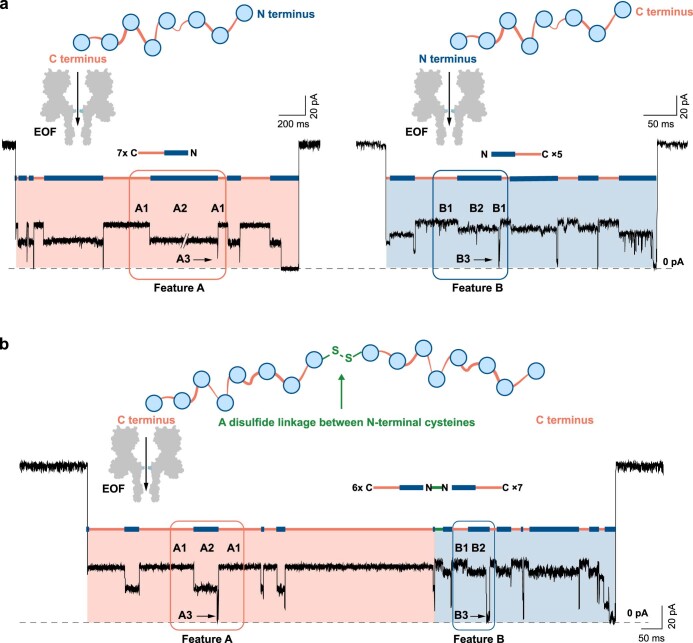Extended Data Fig. 1. Repeating current features recorded during electroosmosis-driven concatemer translocation through a nanopore.
a, Two repeating current features, A or B, were recorded with a charge-selective nanopore ((NN-113R)7) and Trx-linker octamers pre-treated with 5 mM tris(2-carboxyethyl)phosphine (TCEP) for 10 min before their addition to the cis compartment of the recording chamber. Conditions: 750 mM GdnHCl, 10 mM HEPES, 5 mM TCEP, pH 7.2, 0.81 μM Trx-linker octamer (cis), +140 mV (trans), 24 ± 1 °C. b, Without the TCEP pre-treatment, features A were always seen before features B when they occurred together within a single translocation event. The first two levels (B1 and B2) in features B have larger noise and higher Ires% compared with A1 and A2 recorded within a single polypeptide translocation event by the same pore (A1: Ires%= 35 ± 1 %, Ir.m.s. = 1.1 ± 0.1 pA, N = 25; A2: Ires% = 21 ± 1%, Ir.m.s. = 1.5 ± 0.2 pA, N = 25; B1: Ires%= 38 ± 1 %, Ir.m.s. = 1.7 ± 0.4 pA, N = 39; B2: Ires% = 32 ± 1%, Ir.m.s. = 2.0 ± 0.5 pA, N = 39; Ir.m.s. values for each level were reported without subtraction of the noise of the pore; number of individual levels from multiple polypeptide translocation events recorded by the same pore are specified). The translocating molecules, which gave sequential A and B features, were assigned as dimers of octamers linked by a disulfide bond between the two N-terminal cysteines. Therefore, in the unlinked molecules (see ‘a’), C terminus-first translocation occurred when features A were observed and N terminus-first translocation occurred when features B were observed. The recorded repeating features are indicated by orange and blue bars. Conditions: 750 mM GdnHCl, 10 mM HEPES, pH 7.2, 0.81 μM Trx-linker octamer (cis), +140 mV (trans), 24 ± 1 °C. All traces were filtered at 2 kHz for clarity; transient A3 levels were truncated by filtering and therefore deviated from ~0 pA.

